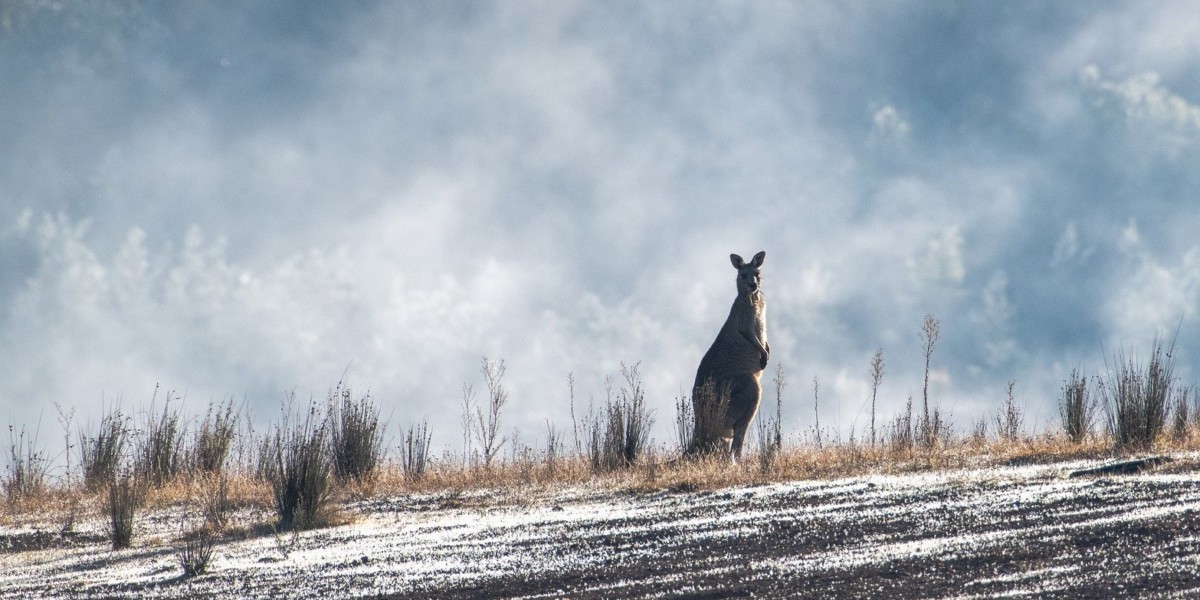Nearly three billion koalas, kangaroos and other native Australian animals were killed or displaced by last year’s black summer bushfires, a study by the WWF shows.
Some 143 million mammals, 2.46 billion reptiles, 180 million birds and 51 million frogs were impacted by the country’s worst bushfires in decades, the WWF said. Limitations on data meant that some groups – such as invertebrates, fish and turtles – were not included in the estimates.
It is almost three times an earlier estimate released in January.
When the fires were still blazing, the WWF estimated the number of affected animals at 1.25 billion. The fires destroyed 11.46 million hectares – an area comparable to England – from September to February.
“This ranks as one of the worst wildlife disasters in modern history,” says WWF-Australia CEO Dermot O’Gorman. “It’s hard to think of another event anywhere in the world in living memory that has killed or displaced that many animals.”
“When you think about nearly three billion native animals being in the path of the fires, it is absolutely huge – it’s a difficult number to comprehend,” said professor Chris Dickman, who oversaw the project by 10 scientists from Australian universities.
While the scientists cannot say how many animals died, Dickman says the prospects for animals that escaped the flames were probably not that great because of a lack of food and shelter or being forced into habitat already occupied.
It is likely the destruction will see some species become extinct before their existence is even recorded.
“We don’t even know what we are losing,” added Dickman. “These were species that were here and now they have gone… It’s almost too tragic to think about.”
The main reason for raising the number of animal casualties was that researchers had now assessed the total affected area, rather than focusing on the most affected states.
Project leader Dr Lily Van Eeden says the research was the first continent-wide analysis of animals impacted by the bushfires. “Other nations can build upon this research to improve understanding of bushfire impacts everywhere,” she adds.
The interim report was released by the WWF in time to be considered by the review of Australia’s flagship environment law – the Environment Protection and Biodiversity Conservation (EPBC) Act. “Following such a heavy toll on Australia’s wildlife, strengthening this law has never been more important,” adds O’Gorman.
The report’s recommendations call for addressing knowledge gaps on wildlife densities and responses to fire, improving habitat connectivity to help mobile species escape fire, identifying and protecting unburnt habitat crucial to threatened species, improving fire prevention and management, and establishing rapid response teams to help species impacted by fire.
Professor Dickman says the research shows mega fires are changing the environment and depleting native biodiversity. He adds that change is necessary, “How quickly can we decarbonise? How quickly can we stop our manic land clearing? We land clear at a rate that’s one of the highest in the world.”


